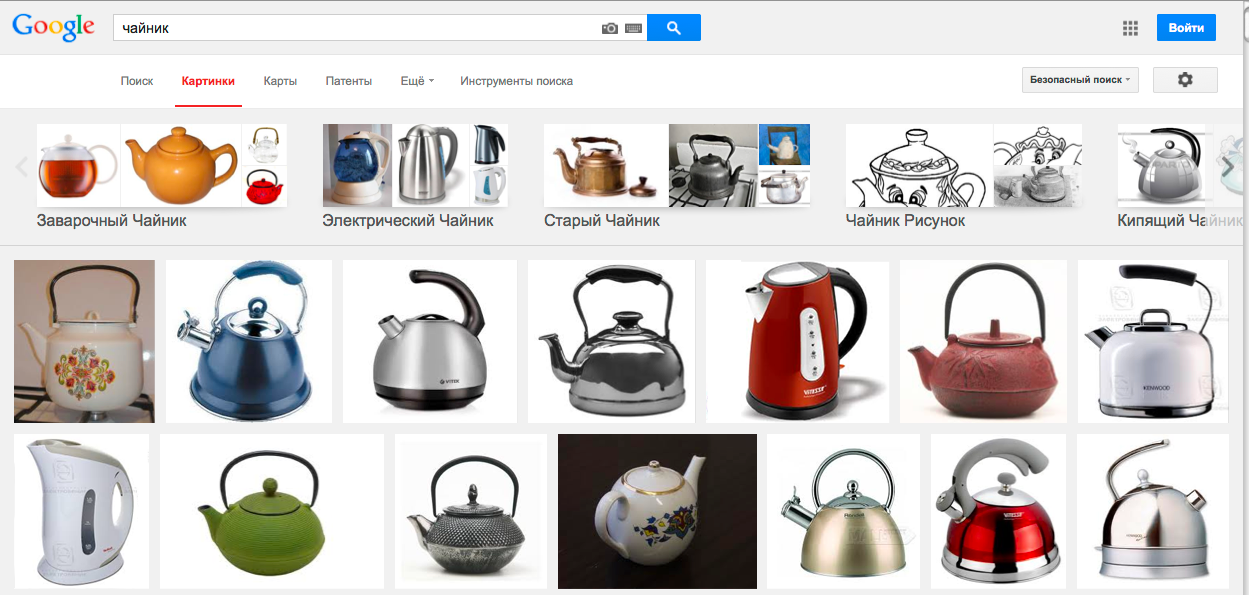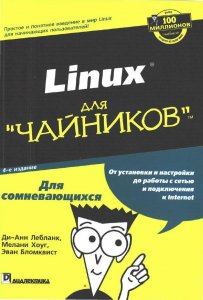Немно́го о языке́ 4.1 Моя́ кварти́ра
Overview
In Уро́ки 1 and 2, you worked primarily with nominal sentences (e.g., Ама́нда — аспира́нтка), and in Уро́к 3 you learned to form sentences featuring action verbs with active subjects and their complements (e.g., Я чита́ю газе́ту.). You also learned to interpret sentences without expressed subjects (e.g., В Росси́и говоря́т по-ру́сски). In Уро́к 4, you will learn a new and different sentence pattern that Russian uses for expressing the notions of “having” and “not having.”
Having Things
The most common way to express the notion of “having” or possessing something in Russian uses the following sentence pattern:
| I have a book. | У меня́ | есть | кни́га. |
| Literally: | By me | there is | a book. |
The person who “has” something is expressed by the preposition у plus the genitive case. The item that is “had” is expressed by the nominative case and is the subject of the verb form есть (there is/are). The verb form есть goes with both singular and plural subjects. The table below has the “having” forms of the personal pronouns.
Note that the form кого́ is pronounced as [каво́].
Упражне́ние 1
You will hear a sentence, telling about someone’s possession. Check the person who has the object and then whether the item is a home appliance or not.
| Appliance? | |||||
|---|---|---|---|---|---|
| 1. | I | He | We | Да | Нет |
| 2. | She | They | You | Да | Нет |
| 3. | He | She | They | Да | Нет |
| 4. | I | You | They | Да | Нет |
| 5. | You | She | He | Да | Нет |
| 6. | You | I | We | Да | Нет |
| 7. | I | He | They | Да | Нет |
Use good learning strategies!
The sentence pattern for “having/not having” in Russian is very different from how English organizes “having” sentences. Do not translate literally from English.
Caitlin has a book.
 |
 |
|
| У неё | есть | кни́га. |
| (owner = у + genitive) | (thing owned = nominative) |
Vocabulary Learning Strategies: Words and Word Families
Much of the new vocabulary words in this section are words of international origin that should be easy to learn in Russian (e.g., то́стер, ми́ксер). Others, however, are made out of Russian roots. In learning those new words, it may be helpful to you to look for connections inside these words to other words you’ve already encountered in Russian.
For example, кофева́рка is made up of three parts: the familiar ко́фе + вар [boil] + ка = the thing for boiling coffee = coffee maker
Can you see connections to familiar words in the following three words? Mouse over them to see their parts and how they work together to create a new word.
- холоди́льник
- ча́йник
- пи́сьменный стол
It might help you in learning some of the new words to see their components even though they are from unfamiliar words.
- микроволно́вка = микро + волн- [wave] + овка = microwave
- пылесо́с = пыль [dust] + е + соса́ть [to suck] = a dust sucking machine = vacuum
- стира́льная маши́на = стира́ть - [to launder] + льная [adjective-making suffix] маши́на = washing machine
Ча́йник
This basic word can be used to refer to several different kinds of items: an electric kettle, very popular in Russia today, a regular kettle, and a teapot (for actually brewing tea).View the results of a google.ru image search for this word.

Google and the Google logo are registered trademarks of Google Inc., used with permission.
If you need to be precise about which kind of ча́йник you are talking about, you add an adjective: электри́ческий ча́йник (the electric kettle). This phrase is often shortened just to электроча́йник.
The word ча́йник has also acquired an informal meaning that can apply to a person. Check out the cover of this book, a Russian translation of a wide-spread American “how to” book series.

